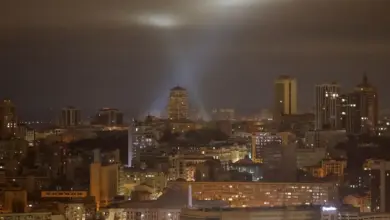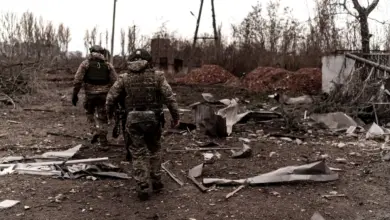
In the snow-filled skies above Ukraine, a deadly game is playing out.
Russia began the new year with a barrage of air attacks, including the heaviest night of missile strikes since the war began, as Ukraine battles to meet an evolving threat with its limited supply of Western defense systems.
Russia’s January attacks have employed the full gamut of its aerial arsenal: cruise missiles, ballistic missiles from near the Russian-Ukrainian border, hypersonic missiles and slower drones, all sometimes used to hit the same target, Ukrainian presidential adviser Mykhailo Podolyak told CNN in Kyiv.
International analysts say the onslaught of Russian missiles, stockpiled for months, aims to overwhelm Ukraine’s limited missile defense.
This approach has had some success. According to the Ukrainian authorities, Ukraine only managed to shoot down 18 of the 51 missiles fired at the country on January 8.
New tactics have also come into play.
Some changes are simple: Russia has started painting its Iranian-made drones black, camouflaging them against the night sky.
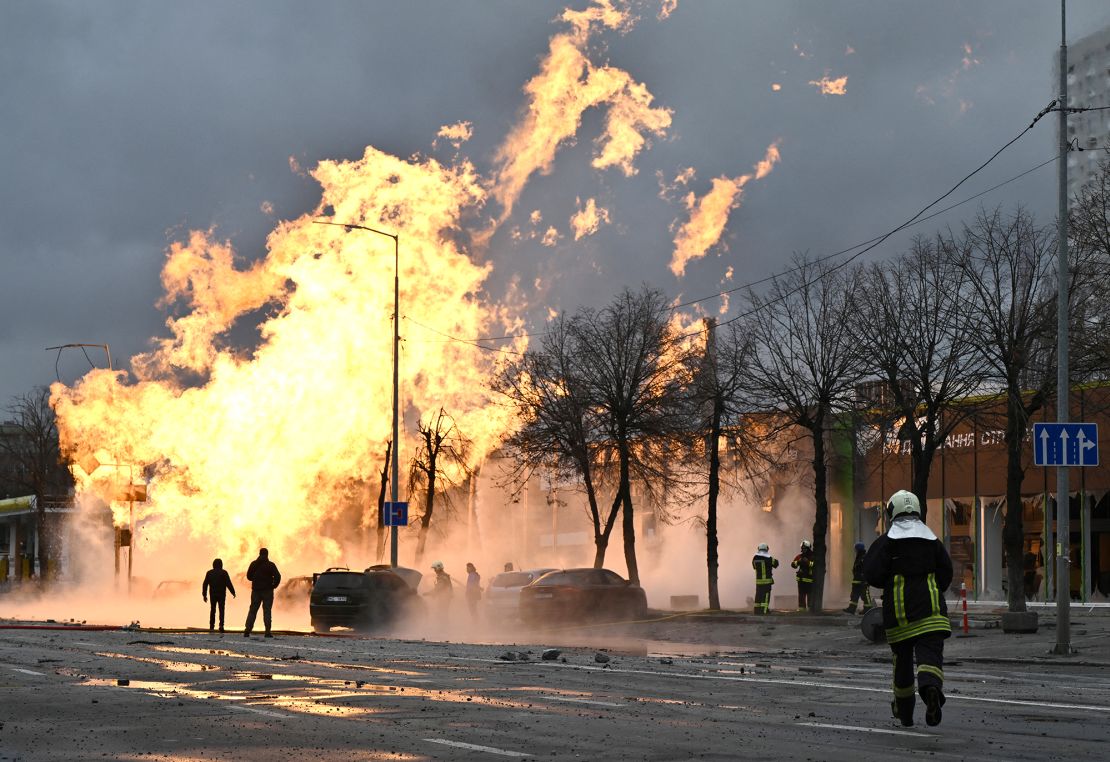
Others are more sophisticated: The Russians have moved the engine exhausts on some drones from the rear to the front, in an effort to confuse anti-air batteries using thermal sights, members of one Ukrainian unit told CNN.
With Ukrainian media reports of jet-powered drones replacing Russia’s slower propeller-powered models, officials have acknowledged it’s a threat that’s on their radar.
Speaking on national TV, Ukrainian air force command spokesperson Yurii Ihnat said a jet-powered version of the Iranian Shahed drones favored by Moscow would function “like a mini cruise missile.”
They are likely to have a smaller payload but much faster cruising speeds, perhaps more than 500 kilometers per hour (311 miles per hour), he said, making them harder to shoot down. Ukrainian officials haven’t yet confirmed if these drones have been used in Ukraine.
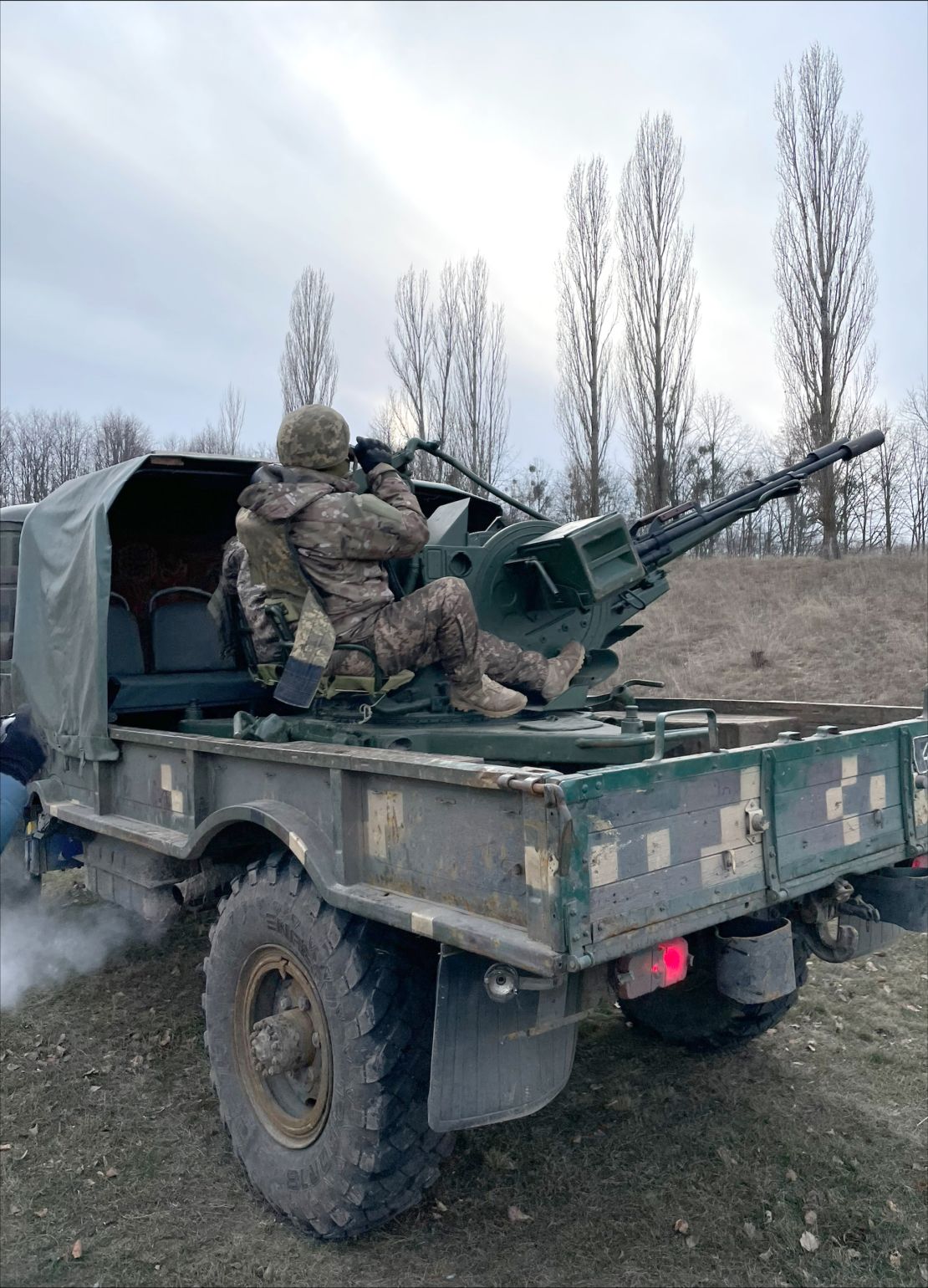
Every shoot-down is a victory
In a frozen field outside Kyiv, soldiers conducted drills with a mobile air defense truck, ready to fire within minutes of pulling up.
Their Soviet-designed heavy machine gun is unsophisticated, but twinned with a thermal sight and a tablet which shows the image from that sight – two centuries of technology colliding on one flatbed truck – it can be effective against drones, the squad commander, Sgt. Maj. Vitaliy Yasinsky of Ukraine’s Separate Presidential Brigade, told CNN.
“They used to fly in a single trajectory, but now they zigzag. A drone can fly, then circle, hover, go down completely, then rise about half a kilometer, then fly sharply down. They are now very maneuverable and must be seen and destroyed,” Yasinsky said of the Iranian Shaheds.
On cloudy nights, the defenders can be forced to use their ears more than their eyes to aim, listening out for the tell-tale whine of the Shahed’s motor engine.
But it’s small, mobile units like Yasinsky’s that Ukraine is counting on to protect civilians and key infrastructure, especially from the slow-flying drones.
Sited within a network of advanced Western missile defense systems, like the American Patriot or German IRIS-T batteries – best suited to deal with the fastest Russian missiles – these small teams provide cheaper, more plentiful muscle to the defense of Ukraine’s skies.
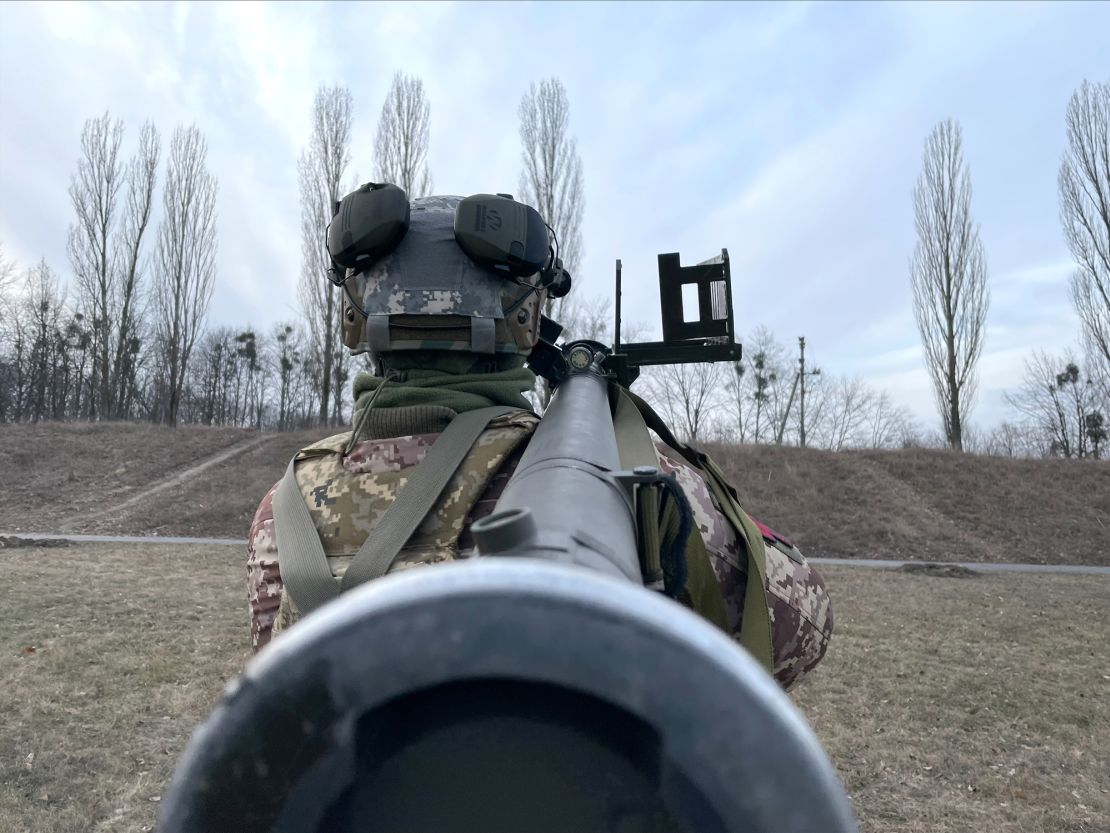
Ukrainian air defense troops told CNN they had unboxed crates of Western-donated hand-held Stinger anti-air missiles that dated from the Afghan mujahideen’s war against the Soviets in Afghanistan, decades older than some of the soldiers.
But they’re still grateful for the weapons.
In videos of Ukrainian air defense units downing drones or missiles, the joy in the soldiers’ voices is almost child-like.
Every hit likely saves Ukrainian lives or infrastructure and helps to chip away at Russia’s resources.
In January, US officials revealed Russia’s use of North Korean ballistic missiles in attacks on Ukrainian cities, likely a sign of the pressure on Moscow’s stockpiles and domestic production of long-range weaponry.
Ukrainian authorities are still analyzing debris from the latest strikes to discern the missiles’ origin.
Defenses stretched to the limit
The latest string of Russian attacks was “very well planned,” Oleksiy Melnyk, co-director of international security programs at the Kyiv-based Razumkov Center think tank, told CNN.
The deadly strikes were preceded by flocks of drones and individual missiles along different routes, pawns sacrificed to map Ukrainian defenses and weak spots, he said.
“It is defense industry facilities that are targeted now. And though it is not officially admitted, a substantial share of these missiles reached their targets,” he said, also noting that the effectiveness of each interceptor missile fired at incoming Russian projectiles is high.
The Ukrainian air defense is working “at the edge of its capacity,” Melnyk said, often hitting more than 70% of its targets and sometimes all of them.
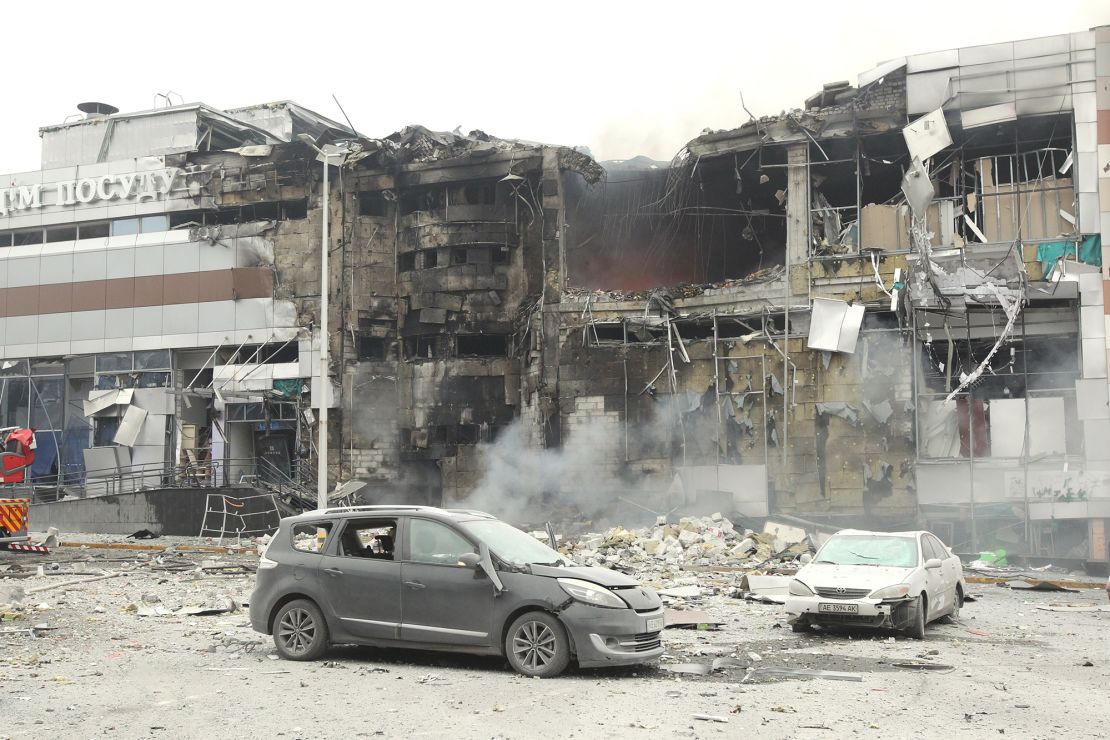
Stopping more missiles would require more interceptor missile batteries, which Ukrainian President Volodymyr Zelensky said Wednesday his country is “sorely lacking.” Ukraine is currently unable to produce modern air defense systems with its partners, he said.
But in order to stem the tide of Russian fire, Ukraine needs to target Moscow’s batteries across the border – a tough challenge, given Kyiv’s limited access to long-range missiles or artillery systems of its own.
“Russia is learning its lessons,” Melnyk said, sending missiles to where it knew they could not be intercepted.
Civilian deaths
Podolyak, the Ukrainian presidential adviser, told CNN he believed a “genocidal component” had been added to Russia’s air attacks compared with last winter. In his opinion, civilian casualties are now a priority in Russian attacks on large cities, he said. Russia has repeatedly denied targeting civilians.
Images of Kyiv commuters crowded into the city’s subway system during the early January air raids evoked painful memories of last winter’s onslaught by Russia from the air.
A small number of Ukrainians have died in January’s attacks, but the country is still smarting from the 33 people killed in Kyiv on December 29 in strikes that destroyed 100 houses and 45 high-rise buildings, according to Ukraine’s president.
In response, Zelensky vowed to “bring the war” back to Russia.
Despite the joy in blunting Russia’s attacks in the air when his comrades score hits, “Smeta,” a soldier in an air defense unit outside Kyiv, still feels the pain of each missile they can’t bring down to earth.
“The most painful thing is that they are hitting civilians, houses, kindergartens,” he told CNN. “This is not in line with the customs of war and not in line with human morality. It is immoral.”


